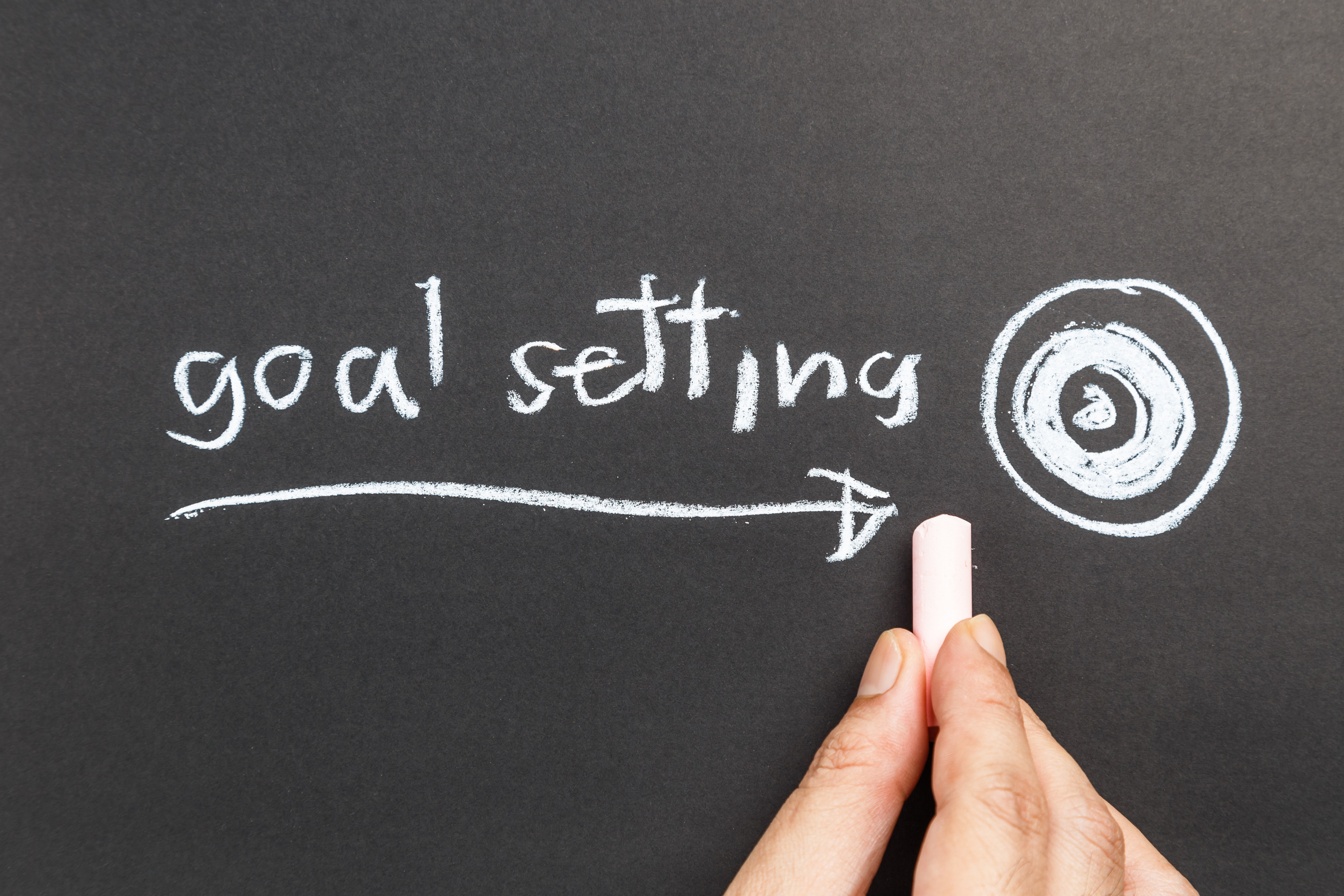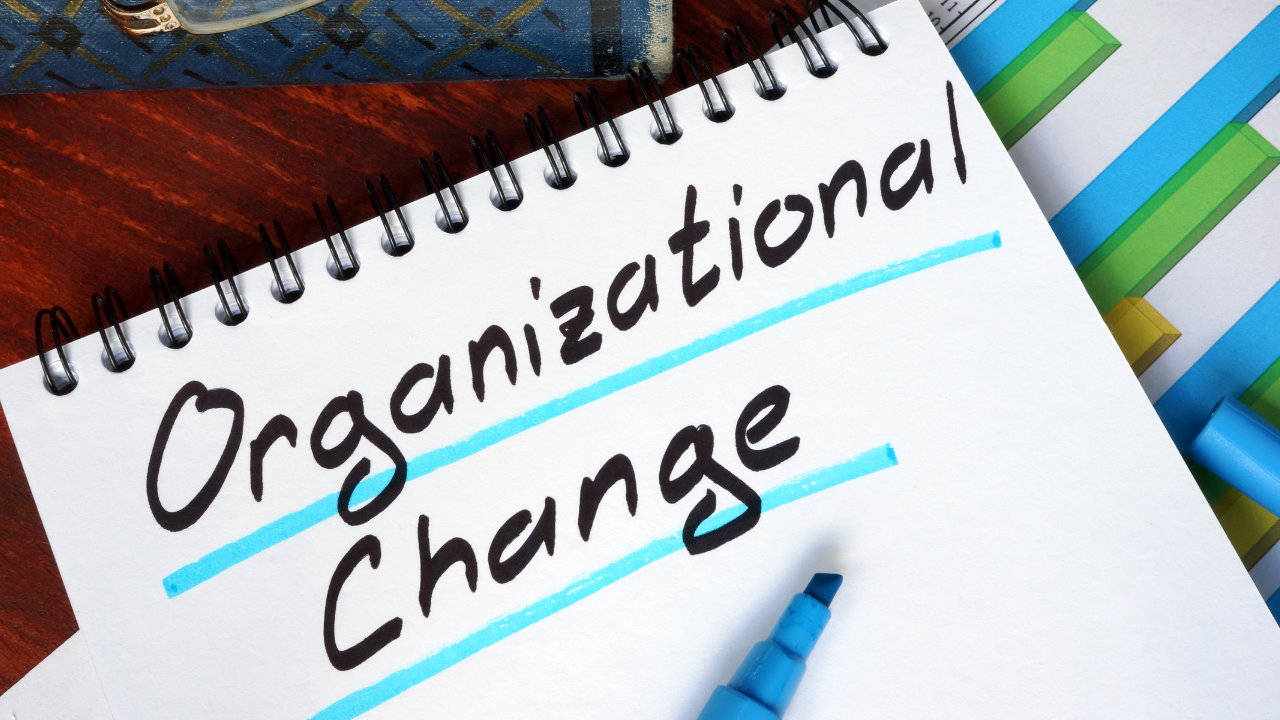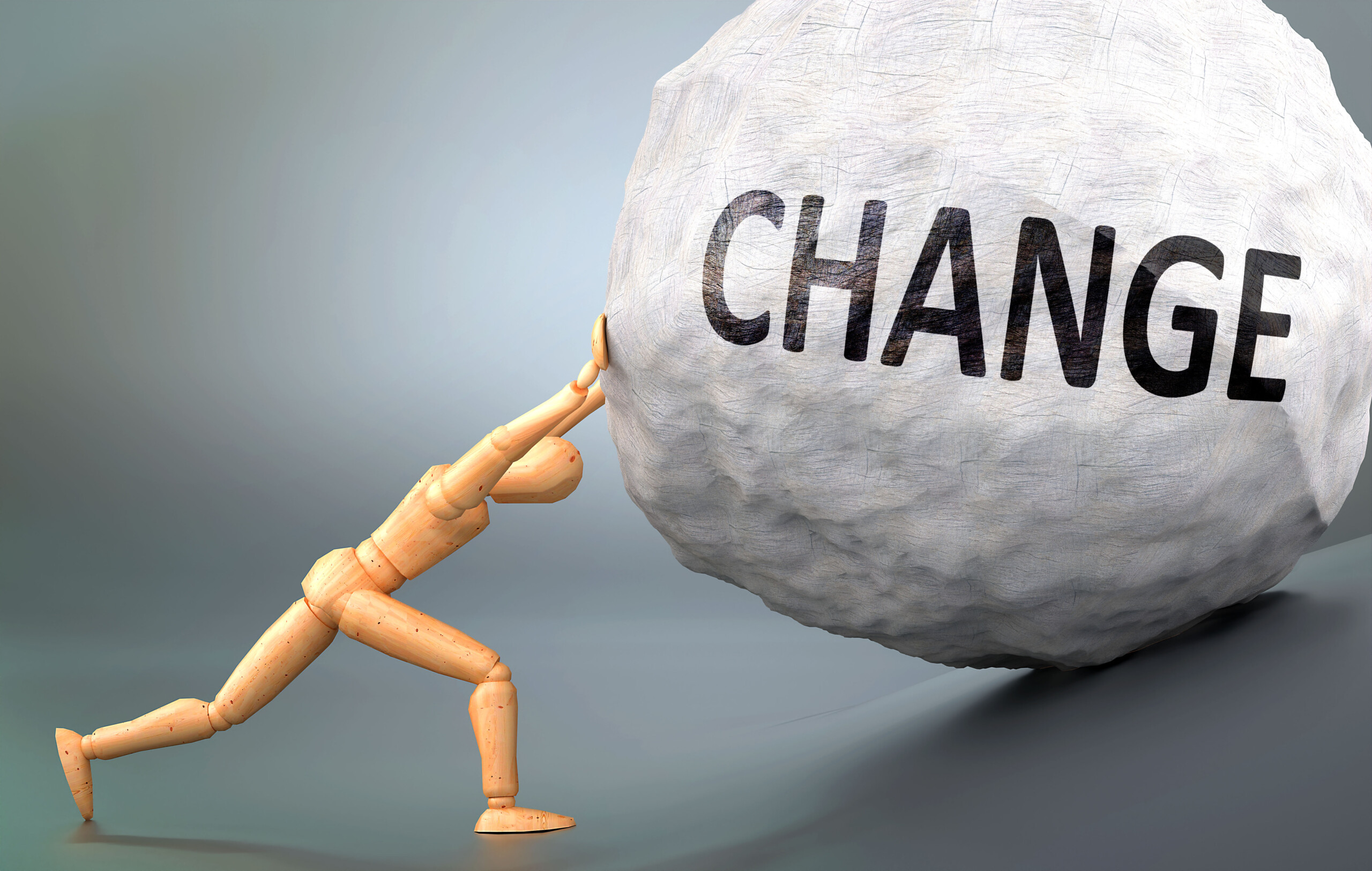As change professionals, we add enormous value to our clients by helping them set their goals, then work with them to achieve these goals.
However, every client, and every change initiative, may require a different approach.
Not only that, but trying a one-size-fits-all, or using the same methodology for every client, can cause failure.
This can depend on several factors, such as:
- The organization’s maturity level. Is it at the initial state, the operational stage, or the nimble state?
- The scope of change. Does this affect one team, one process, one department, or can it be a far-reaching change that affects the entire organization?
- Strategy or methodology? Which one do we use to design, facilitate, and lead change?
While we may have different methodologies in our toolkit, we can make a difference by getting the client proactively involved in goal-setting.
Optimism Bias can interfere with setting change goals.
As defined by Wikipedia, “optimism bias” causes someone to believe that they themselves are less likely to experience a negative event.
Psychologist Neil Weinstein first described this phenomenon in 1980.
He discovered through a survey of over 300 college students that most participants believed their chances of developing an alcohol use disorder or getting divorced were lower than their peers.
Additionally, most of these students also felt their chances of owning their own home and living into old age, were much higher than their peers.
Even more, optimism bias can lead people to poor decision-making, which Robert Prentice calls “the dark side of looking at the bright side”.
In these cases, it takes the forms of neglecting their health, not understanding and practicing financial literacy, and additionally, not being intentional about nurturing their marriages and relationships.
Now consider the impact of optimism bias on a change initiative:
- Senior management may resist allocating enough financial and human resources to the initiative
- In addition, sponsors might not advocate as fervently because they don’t see the need
- Also, employees and teams who feel they can do anything they put their mind to could feel “it will just work out” and not put the work in to rigorously identify and mitigate risks
As a result, we as change professionals might not be working on an initiative that is set up for success. We need to intervene in order to provide the benchmarking, measurement, reinforcement that is needed.
Now, let’s look at how goal-setting helps us as change leaders serve our clients more effectively.
Among other things, goal-setting
- drives better business relationships,
- helps to define a common understanding of success,
- facilitates more accurate communication across stakeholder groups, and
- provides a guidepost for change leadership development work
This is especially important when it comes to getting sponsors and stakeholders on board with larger-scale transformational change, which often is not “simple” or “easy”.
Habitstack cites several scientific studies showing that, to a point, difficult goals are more effective than easy goals:
When people set easy goals, they usually achieve them. But they subsequently lose motivation and typically don’t exceed their goals by much. So setting easy goals isn’t the best way to enhance performance.
Instead, several research studies have found a linear relationship between difficulty and performance. The harder the goal, the better the resulting performance.
In other words, setting easy goals and achieving them can lead to optimism bias – and at the same time demotivate people from committing to more.
Goal-setting with your clients creates tangibility that shows them a vision of what’s possible, combined with measurable goalposts toward achieving the goal.
Many organizations and change professionals use models such as SMART (specific, measurable, attainable, relevant, and timely), and in the main this approach works.
Consider that on an average workday, we spend 45% of our time listening, but only about 25% of it actually sinks in.
When we employ goal-setting, we create a point of reference we can refer to when reinforcing our messaging and linking our actions to our goals.
The Coach Approach creates higher impact for goal-setting.
Joining our Coaching Skills for Change Management Professionals Certificate Program makes you able to better support critical change initiatives and co-create the relationships necessary for change to happen successfully.
Consequently, you’ll be able to communicate effectively in a way that cultivates learning and growth across the organization.
All of this begins with goal-setting.
This involves knowing and understanding your client through a variety of lenses, so that you become adept at approaching client situations from diverse perspectives.
As a result, when executives, leaders, stakeholders, and sponsors feel how the change initiative impacts them in a realistic way, it can replace the “optimism bias” that can lead to failure.
Instead, it helps them see, on their terms, how participating in goal setting helps them be seen as more successful and effective.
Discover more how it works and sign up for one of our upcoming cohorts now.


























